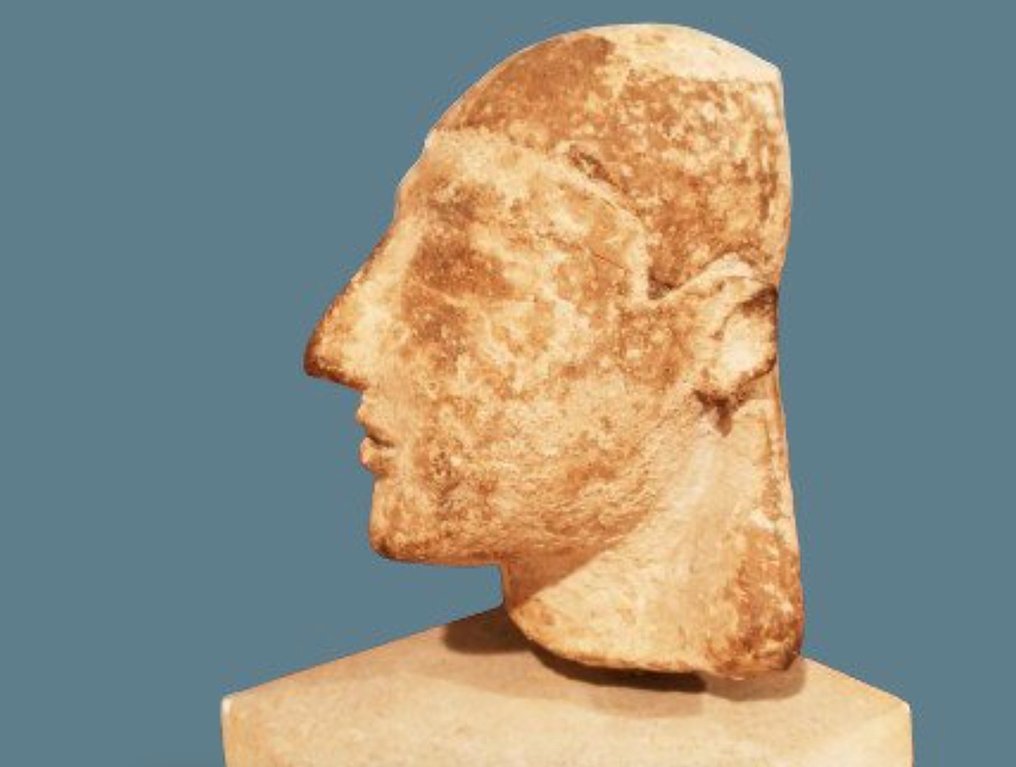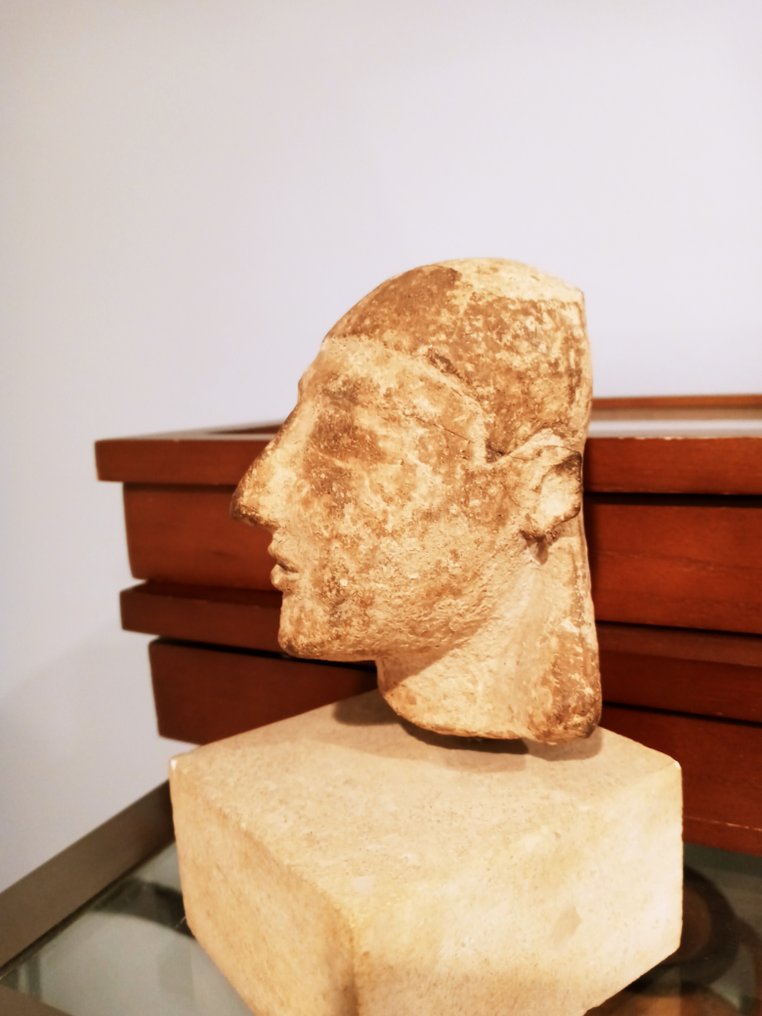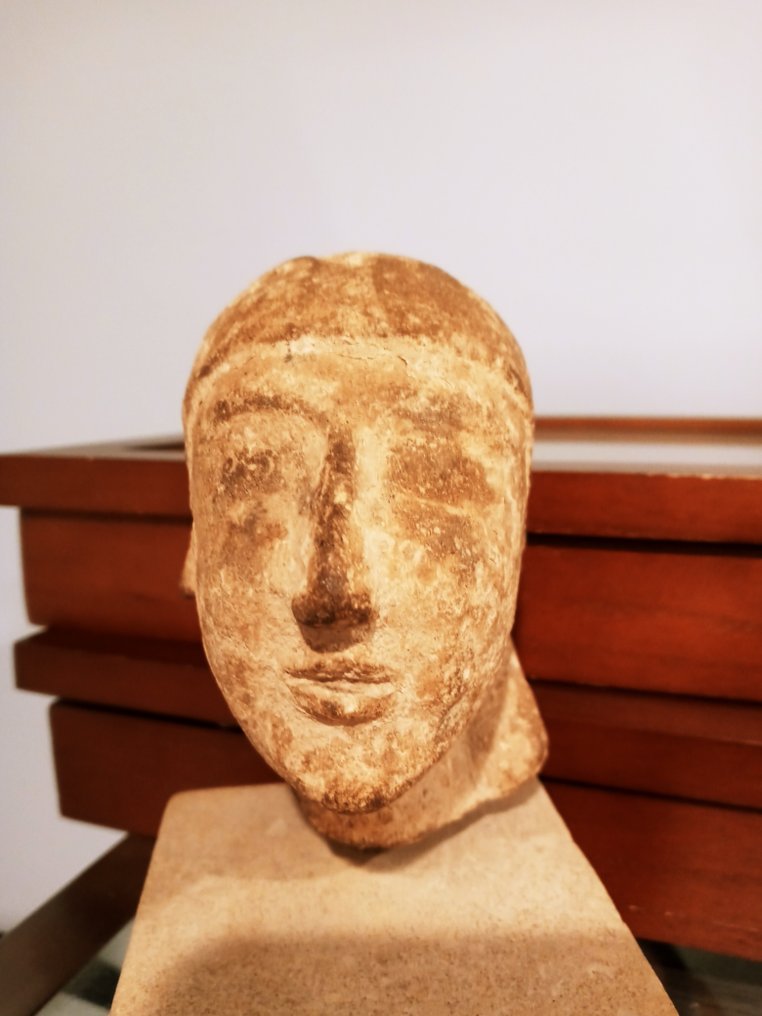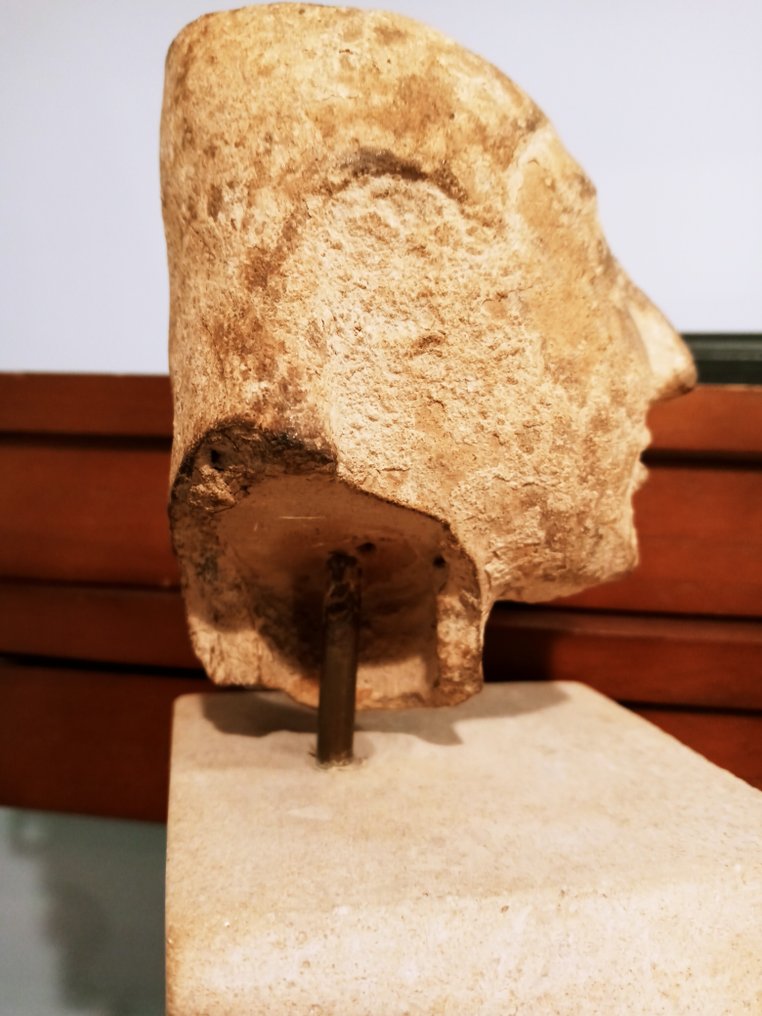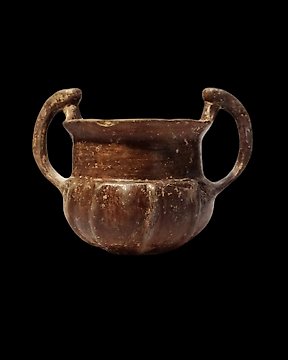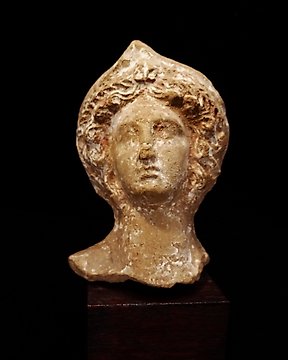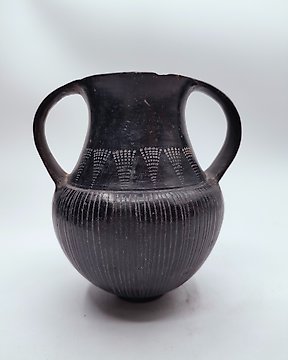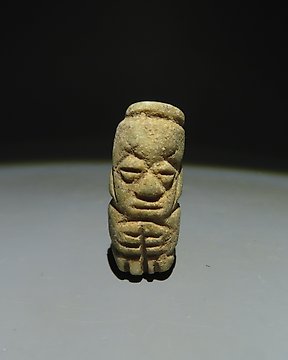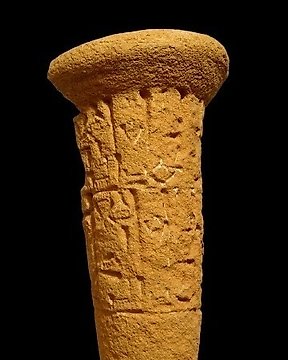Disclaimer
De verkoper garandeert dat het object legaal is verkregen en kan dit bewijzen. Catawiki heeft de verkoper geïnformeerd dat hij/zij documentatie moet overleggen die vereist is volgens de wetten in hun land van verblijf. De verkoper garandeert dat hij/zij toestemming heeft om het object te verkopen/exporteren. De verkoper zal alle over het object bekende herkomstgegevens aan de koper verstrekken. De verkoper zorgt ervoor dat eventueel benodigde vergunningen zijn/zullen worden geregeld. De verkoper zal de koper onmiddellijk informeren over eventuele vertragingen bij het verkrijgen van dergelijke vergunningen.
De verkoper garandeert dat het object legaal is verkregen en kan dit bewijzen. Catawiki heeft de verkoper geïnformeerd dat hij/zij documentatie moet overleggen die vereist is volgens de wetten in hun land van verblijf. De verkoper garandeert dat hij/zij toestemming heeft om het object te verkopen/exporteren. De verkoper zal alle over het object bekende herkomstgegevens aan de koper verstrekken. De verkoper zorgt ervoor dat eventueel benodigde vergunningen zijn/zullen worden geregeld. De verkoper zal de koper onmiddellijk informeren over eventuele vertragingen bij het verkrijgen van dergelijke vergunningen.
